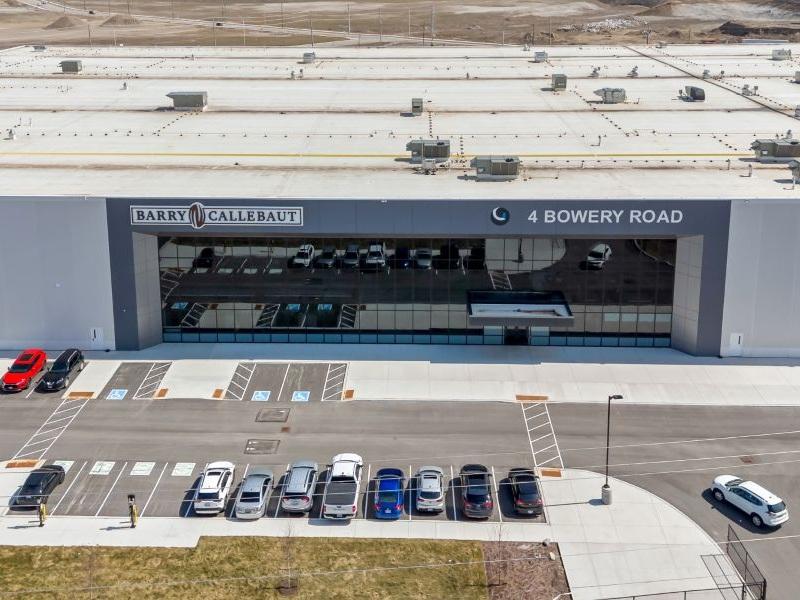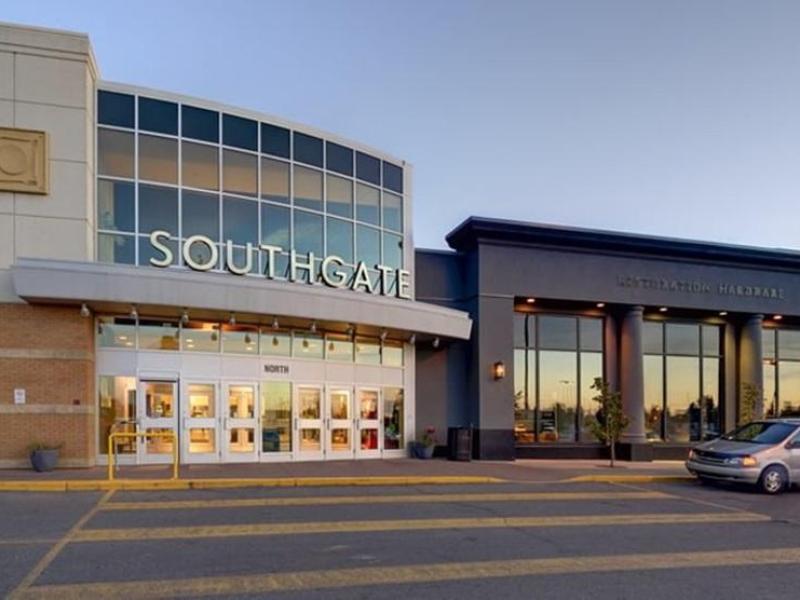
Canada’s retail real estate has generally performed well of late and is playing a growing role in mixed-use developments to position itself for long-term success.
A panel discussion at the June 5 Land & Development conference at the Metro Toronto Convention Centre examined the sector, starting with an overview provided by moderator and Cushman & Wakefield executive managing director of retail services John Crombie.
There’s about one billion square feet of retail space across Canada. Toronto has the most in terms of square footage, though Montreal is No. 1 on a per-capita basis. Ontario is home to 50 per cent of all the country’s shopping centres, while being home to about 16 million of the country's 40 million residents.
Canada has a retail vacancy rate of about two per cent, below the seven per cent rate in the United States.
“It's very challenging to find good locations across Canada for retailers, and that's why landlords are pushing rents when they can,” Crombie said. “We're seeing, on average, renewal rates going up five to 10 per cent, depending on the market.”
Retail construction has decreased
Just under seven million square feet of new retail space is under construction, much of which involves redevelopment.
“Densification and intensification is pretty much the cornerstone of what's going on in the marketplace, and about two-thirds of the new stuff coming on is in mixed-use developments,” Crombie said. “This is a fraction of what we've seen historically. Generally, you'd see 25 to 30 million square feet of new construction each and every year.”
There were 536 major retail chain store closures in Canada in 2024, and there have already been more than that so far this year.
“Bringing more space on to the market has been advantageous for retailers that want to expand and hopefully take some of these locations,” said Crombie.
“The biggest issue we have with HBC is the capital costs. A lot of the HBC locations are multi-levelled, older buildings and the capital cost outlay to try and reconfigure them - as compared to Target or Sears, which were mainly one level - is going to be very expensive.”
Lenders like retail
Debt advisory firm Balmoral Capital recently provided a $60-million loan to finance the redevelopment of the 511,000-square-foot Eastgate Square mall in Hamilton, which sits on 44 acres of land and is approved for over 1.8 million square feet for a mixed-use, transit-oriented community.
“We're seeing this trend across enclosed malls where, over time, they'll be transformed, revitalized and contribute to communities,” said Balmoral managing partner Dustin Greiver. “There are compelling financing structures available for retail redevelopment opportunities.”
Greiver said retail is a hot asset class and there’s a lot of competition among lenders to become involved with deals.
“It's been an asset class that's performed well. Absorption is strong and there's strong conviction in the exit, which is ultimately what drives the demand from lenders.”
Intensification has slowed
“It's a tough time from an intensification development perspective,” said Toby Wu, executive vice-president of development for QuadReal, which has 4,000 residential units under construction and 54,000 in its development pipeline. Many of those homes are slated for seven master-planned, mixed-use communities.
“As a longer-term owner, it’s about generating and preserving income in the interim while still keeping optionality on your development sites.”
Wu believes former HBC stores in good locations in large cities provide good opportunities for upgrading and making those spaces more productive. In smaller markets, however, it may take more time for new leasing or repurposing.
Retail rents are rising
“The biggest variable that's changed, given the rise in costs, is the rent that retailers are willing to pay,” said Anton Katipunan, vice-president of development for RioCan REIT. RioCan owns 177 Canadian properties with approximately 32 million square feet of net leasable area, and has a pipeline of about 21 million square feet zoned for development.
“We have a massive land bank of greenfield sites that we're continuing to build out, so we're able to leverage our expertise to work with retailers that want to be in these locations, that understand how it works, and where we can get the best deal for everybody.”
Katipunan said de-leasing, or opening up deals to change rent terms or buy someone out of a lease, has become more common and accepted - particularly with national tenants.
First Capital REIT has a 22-million-square-foot portfolio of properties in 136 neighbourhoods valued at $9.2 billion, and has two million square feet under development in six active projects that will create 1,827 residential units and 275,000 square feet of retail space.
“We have a site in Etobicoke that we got rezoned about eight years ago and we struggled, even at that point when the market was at its peak, to make the numbers work,” said First Capital head of development and construction Jennifer Arezes.
“So we severed off a piece of the parking lot, partnered on a condo development, and then went with the zoning permissions that we had in place and decided to - instead of demolishing this 100,000-square-foot, very high-performing shopping centre - reposition it.”
First Capital removed enclosed areas and provided tenants with new facades, expanded anchors and better signage, frontage and unit depths and dimensions. In-place rents were doubled.
“We're doing three phases and each phase is about a year to 18 months,” Arezes said. “We can keep the rest of the shopping centre open, operating and paying rent while we're doing each phase.”
“Internet-resistant” retail development
Arezes believes there’s room for more development in the grocery sector and other “Internet-resistant” tenants such as medical offices and daycare centres willing to pay more rent for good locations.
“There's a delta of approximately 55 per cent between our in-place rents and what a tenant would have to pay if they move down the street into a new development,” she said. “We use that information when we're discussing renewals with tenants, and we can see in-place year-over-year growth on these centres without really doing much.”









